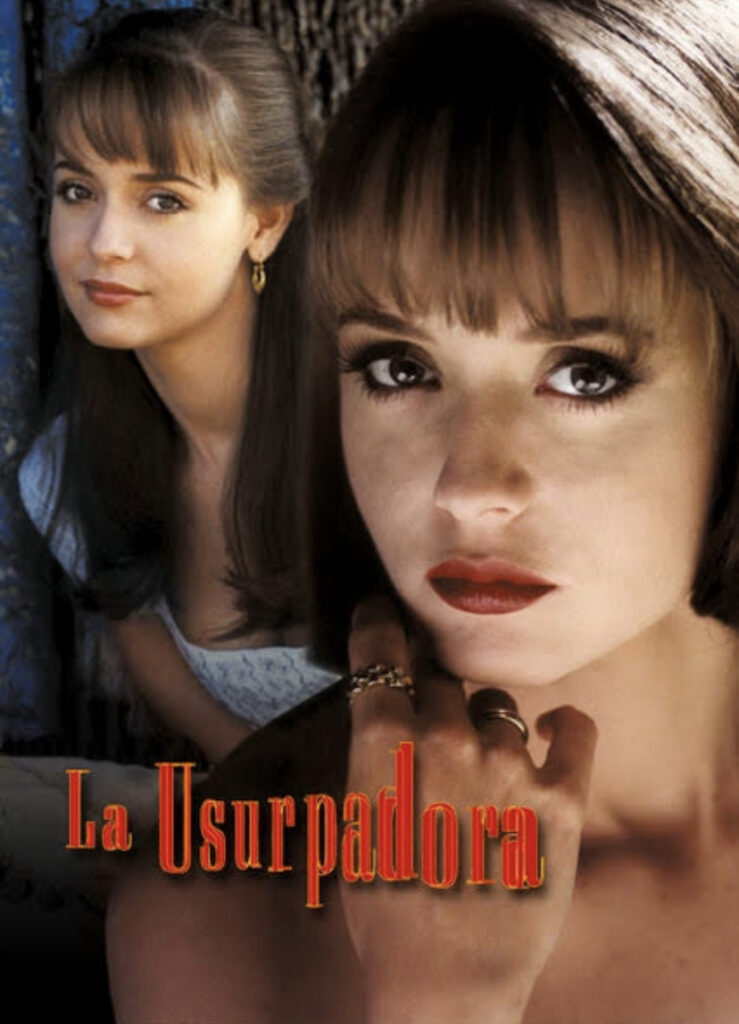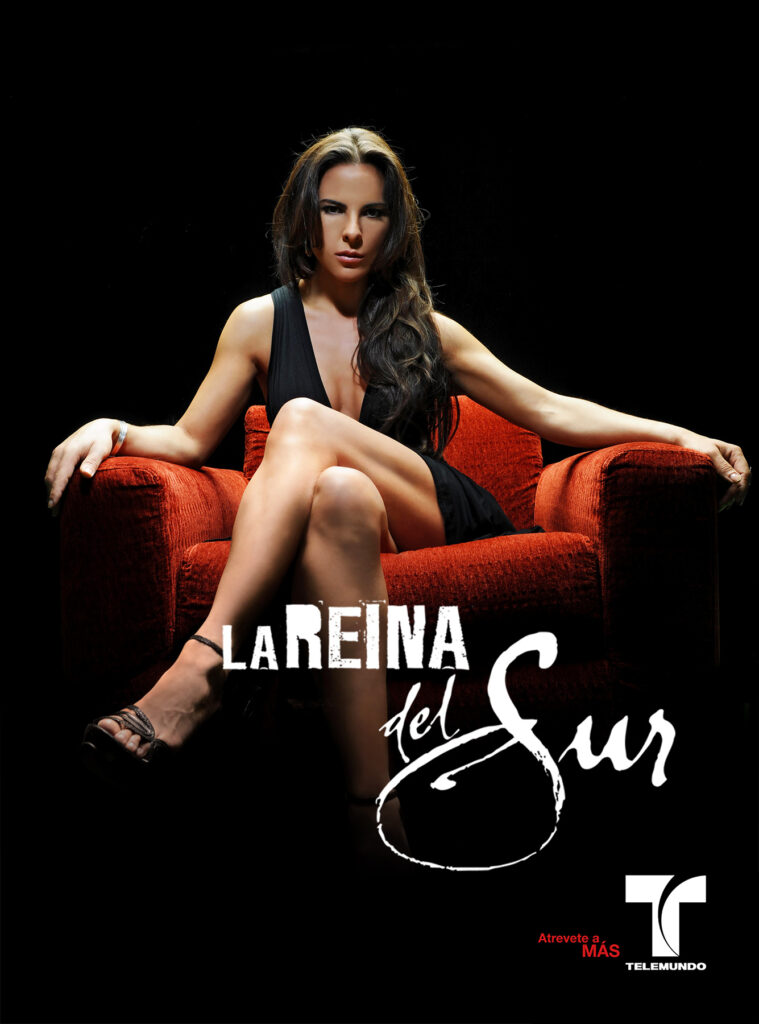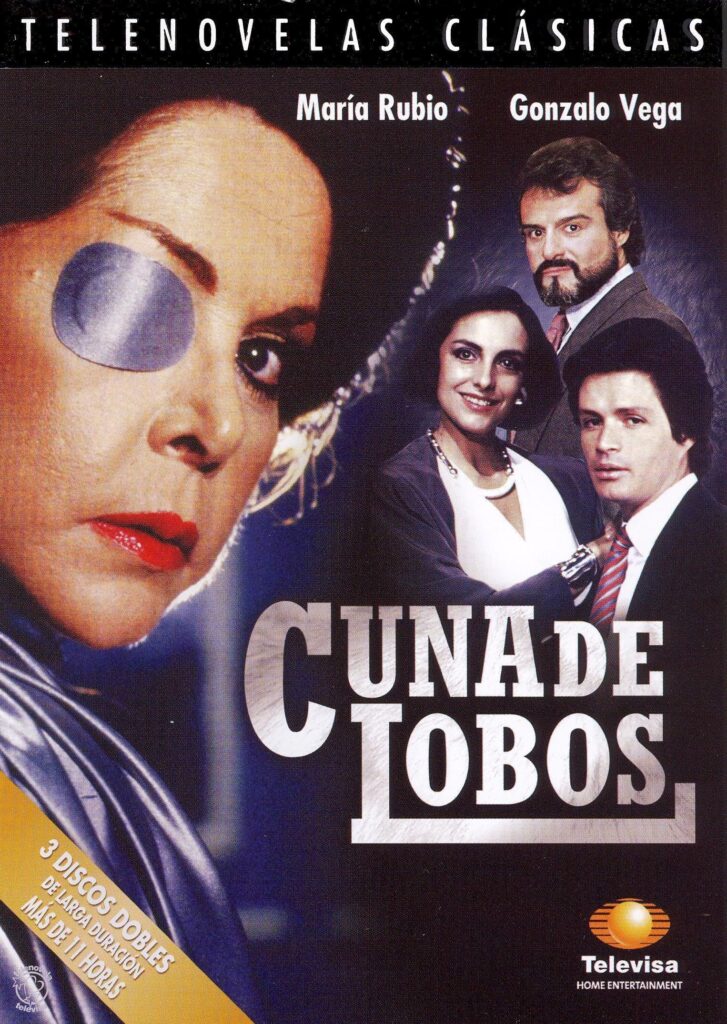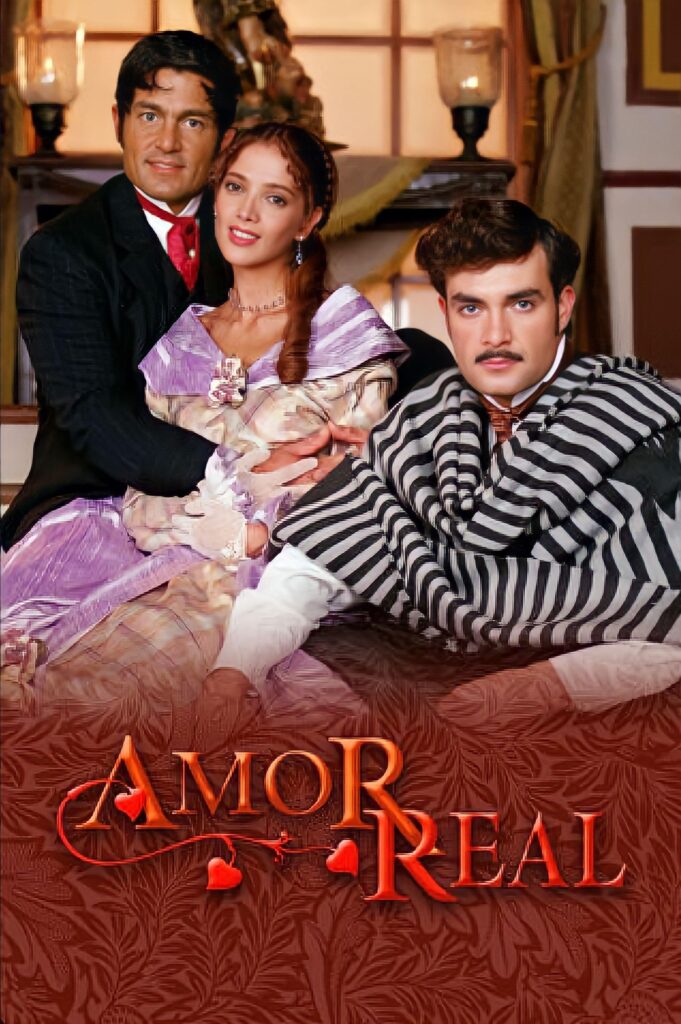11 Mexican Telenovelas That Became Global Hits
Mexican telenovelas have captivated the hearts of viewers worldwide with their compelling plots, unforgettable characters, and emotionally charged drama. From timeless love stories to intense family sagas, these shows have transcended borders, becoming global sensations. Whether you’re a long-time fan or new to the genre, these iconic telenovelas offer a unique window into the power of storytelling and cultural connection. Their widespread success continues to influence television, inspiring adaptations and remakes across various countries.
This post may contain affiliate links, which helps keep this content free. Please read our disclosure for more info.
Marimar (1994)

“Marimar,” starring Thalía, became an international sensation when it aired in the 1990s. The telenovela follows the life of a young, innocent woman from a poor fishing village who endures betrayal and hardship at the hands of those she loves. Marimar’s emotional journey of overcoming adversity, marked by themes of love, revenge, and forgiveness, resonated with viewers in Latin America and around the world. The telenovela’s powerful performances, compelling storyline, and unforgettable theme song made it an iconic part of 90s television.
Its popularity was not confined to Mexico. “Marimar” was broadcast in over 180 countries, making Thalía a household name worldwide. The show’s success helped further cement the genre of telenovelas as a powerful cultural export, especially in regions like the United States, where it became a favorite among Hispanic audiences. The relatable plotlines and universal themes of love and betrayal contributed to its global appeal, making it a landmark series in the history of Mexican telenovelas.
Maria la del Barrio (1995)

“Maria la del Barrio” is perhaps one of the most famous telenovelas in Mexican television history. Starring Thalía as Maria, a poor girl who struggles to overcome her social status and find love, the series captivated millions. The show’s plot is a mixture of romance, family drama, and melodrama, where Maria faces both the bliss of love and the pain of betrayal. Its memorable characters, particularly the transformation of Maria from a naive girl to a strong woman, kept viewers hooked from start to finish.
The telenovela’s themes of love, justice, and revenge resonated deeply with audiences, making it a hit beyond Latin America. “Maria la del Barrio” enjoyed huge success in the U.S., especially among the Latinx population, and was also widely viewed in countries across Asia, the Middle East, and Europe. The catchy theme song and Thalía’s iconic portrayal of Maria helped solidify the telenovela as a pop culture phenomenon that continues to be remembered fondly to this day.
Rosalinda (1999)

“Rosalinda,” another telenovela featuring Thalía, is widely remembered for its engaging plot and emotional intensity. The story centers on Rosalinda, a young woman caught in a complex love story, where her family’s secrets threaten to tear her world apart. The telenovela’s lush visuals and dramatic twists made it a hit with audiences, especially for its portrayal of themes like love, betrayal, and fate. Thalía’s performance, once again, was central to the telenovela’s success, captivating viewers with her portrayal of a character who must navigate deep emotional turmoil.
Like her previous telenovelas, “Rosalinda” enjoyed widespread success internationally, including in Latin America, Europe, and even the Philippines. Its compelling narrative and relatable characters contributed to its popularity, earning it a spot among the most beloved Mexican telenovelas of the late 1990s. The series proved that Thalía had mastered the art of playing characters who could conquer adversity and win hearts, helping “Rosalinda” become a beloved part of her acting legacy.
La Usurpadora (1998)

“La Usurpadora,” starring Gabriela Spanic, is one of the most iconic telenovelas ever created. The story revolves around two women who look identical but come from drastically different backgrounds. One is a rich and manipulative woman, while the other is a sweet and humble soul. The villainous twin tricks the other into assuming her identity, leading to a series of twists and turns full of drama, deception, and suspense. The show’s compelling storyline and dramatic revelations captured the attention of viewers and kept them invested in the characters’ fates.
“La Usurpadora” became a massive hit not only in Mexico but across the globe, especially in Brazil, where telenovelas enjoy a huge following. The show’s success in the U.S., particularly within the Hispanic community, further solidified its place as a global hit. The series’s unforgettable characters and its exploration of identity, deceit, and family dynamics contributed to its long-lasting impact, making it a fan favorite that remains a reference point in telenovela history.
La Reina del Sur (2011)

“La Reina del Sur” marked a shift in telenovela storytelling, combining elements of action, crime, and drama with the traditional melodrama that telenovelas are known for. Starring Kate del Castillo as Teresa Mendoza, a woman who rises from a humble background to become the leader of a drug cartel, the show broke new ground in terms of both narrative and audience reach. Its gripping story of survival, power, and betrayal resonated with viewers, especially in its portrayal of a strong, complex female protagonist. The series offered a fresh take on the genre, making it a massive hit both in Latin America and internationally.
The telenovela’s international success was unprecedented, and it gained a strong following in the United States, where it became one of the most-watched Spanish-language shows. “La Reina del Sur” was not only a critical success but also a cultural phenomenon. It inspired a new generation of telenovela fans, especially with its focus on a female-driven storyline in a male-dominated world. Its success paved the way for other international hits, further solidifying the global appeal of Mexican telenovelas.
Lo Que La Vida Me Robó (2013)

“Lo Que La Vida Me Robó” (What Life Took From Me) is a modern telenovela with a compelling mix of romance, betrayal, and mystery. Starring Angelique Boyer and Sebastián Rulli, the series follows the journey of a woman whose life is turned upside down when her husband’s tragic death leads her to uncover dark family secrets. The telenovela’s suspenseful narrative, combined with its beautiful cinematography, made it a favorite in Latin America and abroad. Its intense plot twists and the emotional chemistry between the leads kept viewers coming back for more.
This show marked a turning point for Mexican telenovelas, introducing more complex and suspense-filled storylines. Its success extended beyond Latin America, becoming particularly popular in the United States and Europe, where it was praised for its high production values and gripping storytelling. “Lo Que La Vida Me Robó” solidified Angelique Boyer’s status as one of Mexico’s most beloved telenovela stars.
Cuna de Lobos (1986)

“Cuna de Lobos,” starring María Rubio as the cunning and manipulative Catalina Creel, is a classic telenovela that introduced a new level of villainy to the genre. The series tells the story of a powerful family caught in a web of deception, betrayal, and power struggles. Catalina, the matriarch, became one of the most iconic characters in telenovela history, with her cold, calculating nature setting a new standard for TV villains.
The telenovela’s success in Mexico was just the beginning. “Cuna de Lobos” became a hit across Latin America and was later remade for modern audiences, proving its lasting appeal. It paved the way for darker, more complex characters in telenovelas and remains a touchstone for fans of the genre.
Rubi (2004)

“Rubi,” starring Barbara Mori, tells the story of a beautiful but selfish woman who will stop at nothing to achieve wealth and social status. Her manipulative ways and constant betrayal of those who love her made her one of the most compelling characters in telenovela history. The series became an instant hit due to its fast-paced drama and moral dilemmas, drawing in audiences who were captivated by Rubi’s complex personality.
Its popularity spanned beyond Latin America, with international recognition in the U.S. and even the Middle East. The telenovela became a cultural reference point, inspiring remakes and adaptations. “Rubi” is a classic example of how modern telenovelas have evolved to include more morally ambiguous characters and storylines that engage viewers on a deeper level.
Amor Real (2003)

“Amor Real” is a period drama set in the 19th century, where a woman is forced into a loveless marriage with a man who does not respect her, only to find herself falling in love with someone else. The passionate, intense romance and the historical context made the telenovela stand out from others of the same period. Starring Adela Noriega and Fernando Colunga, “Amor Real” became a major hit both in Mexico and internationally.
The telenovela’s captivating love story and its historical elements made it especially appealing to viewers who appreciated both romance and drama. It was broadcast in numerous countries, further solidifying the appeal of period telenovelas and proving that love stories could transcend time and place.
El Privilegio de Amar (1998)

“El Privilegio de Amar” is a deeply emotional telenovela that follows the story of a woman torn between two men, each with their own desires and complexities. The show’s heartfelt exploration of love, betrayal, and family dynamics struck a chord with audiences, especially in Mexico and Latin America. The performances by the lead actors, alongside the telenovela’s compelling storyline, made it one of the most beloved Mexican dramas of the late 90s.
It was highly successful both in Mexico and abroad, particularly in Central America and the United States, where it became one of the top-rated Spanish-language programs at the time. “El Privilegio de Amar” is a prime example of the emotional intensity that defines many successful telenovelas.
La Fea Más Bella (2006)

“La Fea Más Bella” is a Mexican adaptation of the Colombian hit “Yo Soy Betty, la Fea,” and it became a major success in Latin America and beyond. The telenovela stars Angélica Vale as Leticia, an intelligent, yet unattractive woman who works at a fashion company. Despite facing constant ridicule for her appearance, Leticia’s determination and intelligence led her to success and, eventually, love. The telenovela’s messages of self-empowerment, inner beauty, and the power of transformation resonated deeply with audiences, making it both a hit and a cultural touchstone.
The series’s universal theme of overcoming societal standards of beauty made it highly relatable and appealing worldwide. It was especially popular in the United States, where it attracted a wide Hispanic audience. The show’s mix of comedy, romance, and heartfelt moments ensured its place as one of the most memorable telenovelas of the 2000s.
This article originally appeared on Avocadu.
